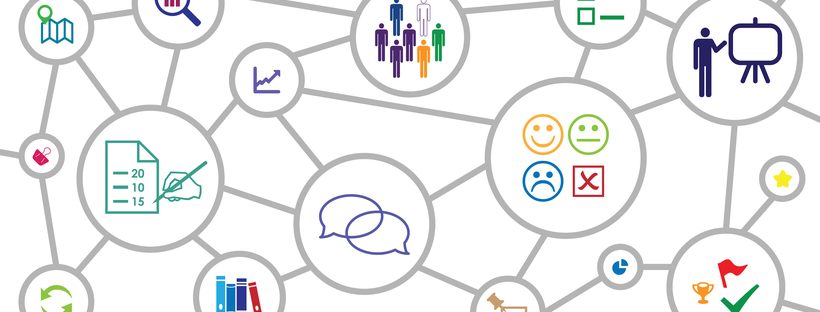
Tailor-ED
Apr 12, 2022
5 minutes
Research conducted on social-emotional learning (SEL) has been unequivocal in its findings. When students are explicitly taught social-emotional-behavioral skills, their functioning in these areas is greatly improved. In fact, researchers have consistently found the following benefits:
- students’ improved attitudes about themselves and school
- increase in positive social behaviors
- decrease in conduct problems
- decrease in emotional distress/mental health needs
What’s more, these benefits exist in both the short-term and the long-term.
Of course, whenever teachers hear of the “next great thing” in education, a few thoughts come to mind. First, will this just be another flash in the pan, soon to be replaced? Second, how do I add this to my already overflowing plate?
Given those (very legitimate) concerns, it is important to reflect on two other key points. The first is another important finding from the research. Taking time from academics to focus on SEL does not hinder academic performance. Indeed, SEL leads to better academic achievement across all measures. In other words, shaving off a little time from academic blocks for explicit instruction in SEL will actually help students grow academically. Therefore, SEL should not be an extra thing added to the plate; SEL should be the plate upon which academics are placed.
Another important point is that while SEL and academics are often taught separately, that is not ideal. When SEL is taught as a separate program, that program may indeed become a fad that fades. However, if SEL becomes integrated into academics, it becomes part of how your school or classroom does business, not just an extra thing. It becomes a framework, not a program. Most importantly, it shows students how SEL can be part of their daily lives, not something separate.
Of course, this raises the question, “How exactly do teachers incorporate SEL in the classroom?” Luckily, this is not as daunting of a task as it may seem. A few small, non-time-consuming SEL practices can make a big difference. Here are a few ideas:
Include SEL principles in your teaching practices and classroom procedures:
Create discipline practices that are based on natural consequences, not punitive actions. Pay attention to how closely you are following the 5:1 rule, especially for your most challenging learners. Give students feedback on their effort, not just the final product. Have students set SMART goals each unit. Etc.
Focus on making sure that students feel part of a community:
There are many ways to take just two minutes or less out of class time to work on building a strong community. For one, make sure each student gets a warm greeting from you (and/or from another student) each day. You could also let students put pictures or artwork up on your walls. During activities such as group work and class discussions, take a minute to teach students how you expect them to interact and then hold students accountable if they are not meeting those expectations. Try the 2x10 strategy. And many more.
Integrate SEL check-ins to your formative assessments:
When you are giving an exit slip or a small quiz to see how well students understand an academic concept, it is a great time to check in with their social-emotional wellbeing as well. For example, Tailor-ED offers free exit slips that assess motivation and confidence as well as academic proficiency.
Choose learning resources based on SEL needs or focus in on the SEL content within current resources:
When you are reading a book with the class, take a moment to point out a character’s self-talk or how they could have problem-solved more effectively. When you are discussing a certain scientific discovery, explain to students how scientists needed incredible perseverance for the breakthrough. Give students a writing task based on an SEL need you are noticing. Etc.
Focus on SEL data in the same way you focus on academic data:
As educators, we analyze our latest assessment results with a variety of teams, even disaggregating the data. We can do the same with SEL data, forming plans for school-wide action steps or even how we are going to try something with a small group or even an individual student. You can get the data from a variety of sources. You can implement a school-wide survey, ask for teachers’ observational data about trends, or use the graphs you get from a tool like Tailor-ED.
Integrating SEL in the classroom may seem like an overwhelming task, but it really doesn’t need to be. With a few very small changes, you can integrate SEL practices seamlessly into academics or procedures. For a variety of reasons, your students will be better off because of the efforts—as will our society.